Home>Home Appliances>Bathroom Appliances>How To Use An Old Weight Scale
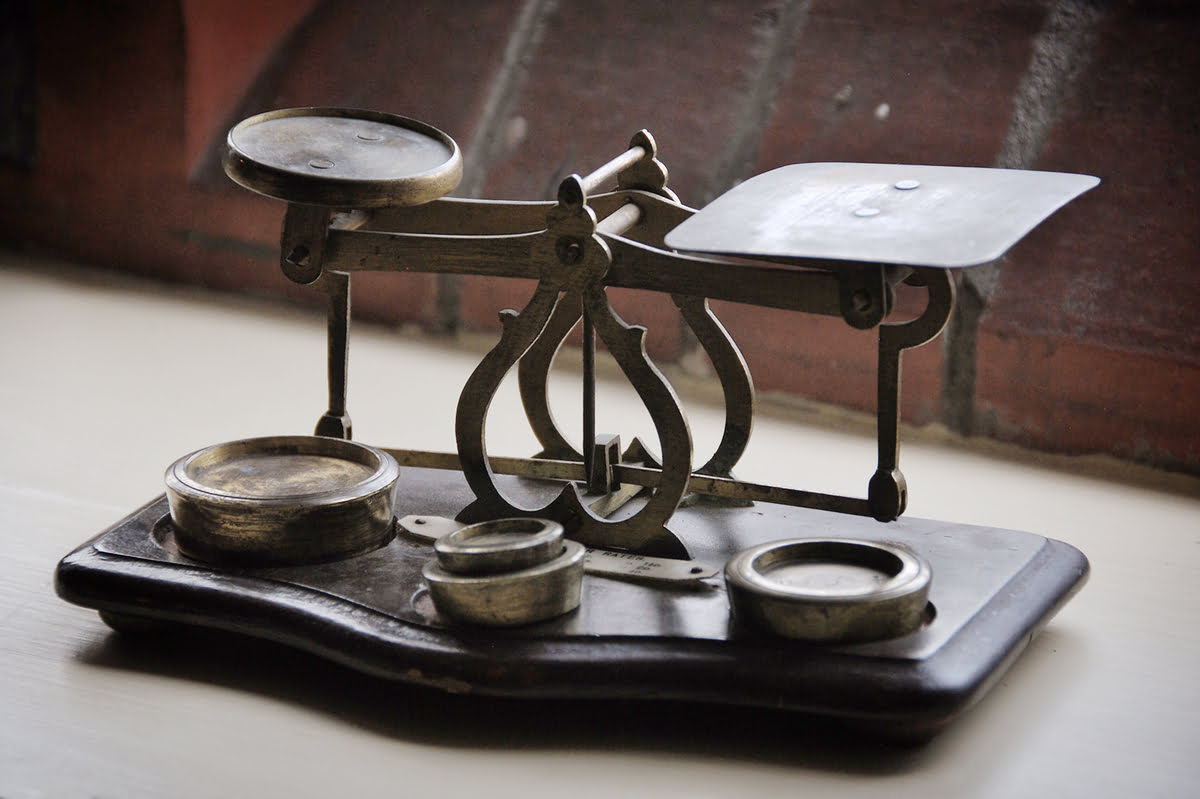

Bathroom Appliances
How To Use An Old Weight Scale
Published: February 13, 2024
Learn how to properly use and maintain an old weight scale for accurate measurements. Discover tips and tricks for getting the most out of your bathroom appliances.
(Many of the links in this article redirect to a specific reviewed product. Your purchase of these products through affiliate links helps to generate commission for Storables.com, at no extra cost. Learn more)
Introduction
Using an old weight scale may seem like a simple task, but there are important steps to consider to ensure accurate and reliable measurements. Whether you've inherited a vintage scale or rediscovered a classic model in your home, understanding how to use it effectively can be both practical and nostalgic. In this guide, we will explore the essential steps to make the most of your old weight scale, from cleaning and calibrating it to utilizing it properly and storing it for longevity.
As we delve into the process, it's important to recognize the historical significance of older weight scales. These timeless devices have been a fixture in households for generations, offering a tangible connection to the past. By learning how to use an old weight scale, you not only gain practical knowledge but also honor the legacy of these enduring instruments.
Now, let's embark on a journey to unlock the potential of your old weight scale, breathing new life into its functionality and preserving its heritage for years to come.
Key Takeaways:
- Embrace the tradition and elegance of using an old weight scale by cleaning, calibrating, and using it with care. Preserve its historical significance and reliability for future generations to appreciate.
- Safeguard the timeless appeal and functionality of your vintage scale by storing it properly. Protect it from dust, debris, and environmental elements to ensure its longevity and practical utility.
Read more: How To Use A Balance Scale For Weight
Step 1: Clean the Weight Scale
Before using an old weight scale, it's crucial to ensure that it is clean and free from any debris or residue that could affect its accuracy. Cleaning the weight scale not only improves its performance but also preserves its longevity, allowing you to continue using it for years to come.
Gather Cleaning Supplies
Start by gathering the necessary cleaning supplies, including a soft microfiber cloth, mild soap, and water. Avoid using harsh chemicals or abrasive materials that could damage the delicate components of the scale.
Remove Dust and Debris
Carefully remove the weight scale from its storage location and place it on a flat, stable surface. Use the soft microfiber cloth to gently wipe away any dust or debris that may have accumulated on the surface of the scale. Pay close attention to crevices and edges where dirt may be trapped.
Clean the Weighing Platform
Dampen the microfiber cloth with water and a small amount of mild soap. Wipe the weighing platform thoroughly, ensuring that any stains or spills are gently removed. Take care not to allow excess moisture to seep into the internal mechanisms of the scale.
Read more: How To Use A Manual Weight Scale
Dry Thoroughly
Once the weighing platform is clean, use a dry microfiber cloth to carefully dry the surface. It's essential to remove all moisture to prevent any potential damage to the scale's components.
Inspect for Residue
After cleaning and drying the scale, inspect it closely for any remaining residue or buildup. If necessary, repeat the cleaning process to ensure that the scale is completely free from any contaminants.
By following these steps to clean your old weight scale, you can maintain its functionality and accuracy. This simple yet essential maintenance task sets the stage for accurate weight measurements and ensures that your vintage scale remains a reliable and cherished part of your home.
Step 2: Calibrate the Weight Scale
Calibrating an old weight scale is a critical step in ensuring its accuracy and reliability. Over time, the mechanisms of a vintage scale may experience subtle shifts or variations, impacting its precision. By calibrating the scale, you can adjust it to provide consistent and trustworthy measurements, allowing you to use it with confidence.
Check for Calibration Options
Begin by examining the specific calibration options available for your old weight scale. Some vintage scales feature manual calibration mechanisms, such as adjustable weights or dials that allow for fine-tuning. Others may require professional calibration by a skilled technician. Understanding the calibration methods unique to your scale is essential for achieving accurate results.
Read more: How To Use A Swing Weight Scale
Gather Calibration Tools
If your old weight scale offers manual calibration options, gather any necessary tools or accessories required for the process. This may include precision weights, screwdrivers, or adjustment knobs. Ensure that you have a clear understanding of the manufacturer's recommended calibration procedures, which can often be found in the scale's original documentation.
Perform Calibration Checks
To initiate the calibration process, place the scale on a stable and level surface, free from any vibrations or disturbances. Begin by zeroing the scale, ensuring that it registers zero weight when no items are placed on the weighing platform. If your scale features adjustable weights or dials, carefully follow the manufacturer's instructions to make incremental adjustments until the scale aligns with known standard weights.
Verify Accuracy
Once you have calibrated the weight scale, it's essential to verify its accuracy. Test the scale using standard weights of known values, such as calibrated masses or household items with established weights. Compare the scale's readings with the expected values to confirm that it is providing accurate measurements.
Fine-Tune if Necessary
If the scale's measurements deviate from the expected values, fine-tune the calibration settings as needed. Make incremental adjustments and retest the scale until it consistently delivers accurate readings. Patience and attention to detail are key during this process, as small adjustments can significantly impact the scale's performance.
By calibrating your old weight scale, you can breathe new life into its functionality, ensuring that it continues to serve as a reliable tool for weight measurement. This essential maintenance step preserves the historical significance of the scale while enhancing its practical utility in your home.
Read more: How To Use A Sliding Weight Scale
Step 3: Use the Weight Scale
Now that your old weight scale is clean and calibrated, it's time to put it to use. Whether you're monitoring your weight, measuring ingredients for a recipe, or simply indulging in a sense of nostalgia, using a vintage scale can be a rewarding experience. Here's how to make the most of your classic weight scale:
Prepare the Scale
Before using the weight scale, ensure that it is placed on a stable and level surface. This foundational step is crucial for obtaining accurate measurements. Avoid uneven or sloping surfaces, as they can affect the scale's precision. Additionally, make sure the scale is free from any obstructions that could interfere with the weighing platform.
Zero the Scale
To zero the scale, ensure that it is adjusted to display zero weight when no items are placed on the weighing platform. This step establishes a baseline for measurement, allowing the scale to accurately assess the weight of items added to the platform. If your scale features a manual zero adjustment, follow the manufacturer's instructions to set it to zero before each use.
Place Items Carefully
When using the weight scale, handle items with care as you position them on the weighing platform. Whether you're weighing ingredients or measuring your weight, gentle placement minimizes the potential for fluctuations or inaccuracies in the readings. Ensure that items are evenly distributed on the platform to achieve consistent and reliable measurements.
Read more: How To Reset A Weight Scale
Read the Display
Once the items are in place, observe the scale's display to determine the weight. Vintage scales may feature analog dials or mechanical displays, each with its own unique charm. Take your time to read the measurement accurately, noting any fractional or incremental markings that contribute to the overall weight. If your scale has a digital display, the weight will be clearly presented for easy reading.
Record the Measurement
After obtaining the weight measurement, record it as needed for your specific purpose. Whether you're tracking your weight over time or quantifying ingredients for a recipe, documenting the measurements ensures that the information is readily available for reference. Consider keeping a log of weight measurements or noting ingredient quantities for future use.
Using an old weight scale is not only a practical endeavor but also a delightful nod to tradition. By following these steps, you can harness the timeless functionality of your vintage scale, infusing your daily routines with a touch of classic elegance and reliability.
Step 4: Store the Weight Scale Properly
Proper storage is essential for preserving the functionality and longevity of an old weight scale. Whether it's a cherished family heirloom or a vintage find, safeguarding the scale when not in use ensures that it remains in optimal condition for future measurements. Here's how to store your classic weight scale properly:
Choose a Suitable Location
Select a storage location that offers stable environmental conditions, free from excessive humidity, temperature fluctuations, or direct sunlight. Ideally, the chosen spot should be clean, dry, and away from areas prone to spills or splashes. Avoid storing the scale in areas with high moisture levels, such as bathrooms or damp basements, as prolonged exposure to humidity can compromise its delicate components.
Read more: What Is A Weight Scale
Protect from Dust and Debris
Before storing the weight scale, ensure that it is clean and free from any dust, debris, or residue. Use a soft microfiber cloth to gently wipe the surface, paying attention to crevices and edges where dirt may accumulate. This step not only maintains the scale's appearance but also prevents contaminants from affecting its internal mechanisms during storage.
Use a Protective Cover
Consider using a dedicated cover or case to shield the weight scale from dust and potential damage. A fabric or plastic cover provides an additional layer of protection, safeguarding the scale from environmental elements while it's not in use. If a cover specifically designed for the scale is not available, a clean cloth or towel can serve as a temporary protective barrier.
Store in a Secure Position
Place the weight scale in a secure position where it is unlikely to be knocked over or jostled. If the scale features any movable parts or components, such as a weighing platform or adjustable weights, ensure that they are properly secured to prevent shifting during storage. Additionally, store the scale on a flat surface to maintain its stability and prevent any potential misalignment.
Periodic Inspection
Periodically inspect the stored weight scale to ensure that it remains in good condition. Check for any signs of dust accumulation, moisture, or damage, and address any issues promptly. By conducting regular inspections, you can proactively maintain the scale's integrity and address any potential storage-related concerns.
By following these guidelines for proper storage, you can safeguard the timeless appeal and functionality of your old weight scale, ensuring that it continues to hold its historical significance and practical utility for years to come.
Read more: How To Measure Weight On A Scale
Conclusion
In conclusion, mastering the art of using an old weight scale involves a blend of practicality, historical appreciation, and a touch of nostalgia. By following the steps outlined in this guide, you can breathe new life into your vintage scale, transforming it from a mere relic of the past into a functional and cherished tool in your home.
Cleaning the weight scale is not just about removing dust and debris; it's a ritual that honors the craftsmanship and enduring quality of these timeless devices. By carefully cleaning and maintaining the scale, you preserve its accuracy and ensure that it remains a reliable part of your household for years to come.
Calibrating the scale is a testament to its precision and craftsmanship. Whether it's adjusting manual dials or fine-tuning internal mechanisms, the process of calibration allows you to unlock the full potential of your vintage scale, ensuring that it delivers accurate and consistent measurements.
Using the weight scale is more than a routine task; it's an opportunity to engage with tradition and elegance. Whether you're weighing ingredients for a beloved family recipe or tracking your personal weight goals, the act of using a vintage scale adds a touch of timeless charm to your daily routines.
Storing the weight scale properly is a commitment to its longevity and legacy. By safeguarding it from environmental elements and ensuring that it remains in optimal condition during periods of non-use, you preserve its historical significance and practical functionality for future generations to appreciate.
In essence, using an old weight scale is a journey that intertwines the past with the present, infusing your daily life with a sense of tradition and reliability. As you embark on this journey, remember that your vintage scale is not just a tool; it's a symbol of enduring craftsmanship and a connection to generations past. Embrace its timeless allure and let it enrich your home with its historical significance and practical utility.
Frequently Asked Questions about How To Use An Old Weight Scale
Was this page helpful?
At Storables.com, we guarantee accurate and reliable information. Our content, validated by Expert Board Contributors, is crafted following stringent Editorial Policies. We're committed to providing you with well-researched, expert-backed insights for all your informational needs.
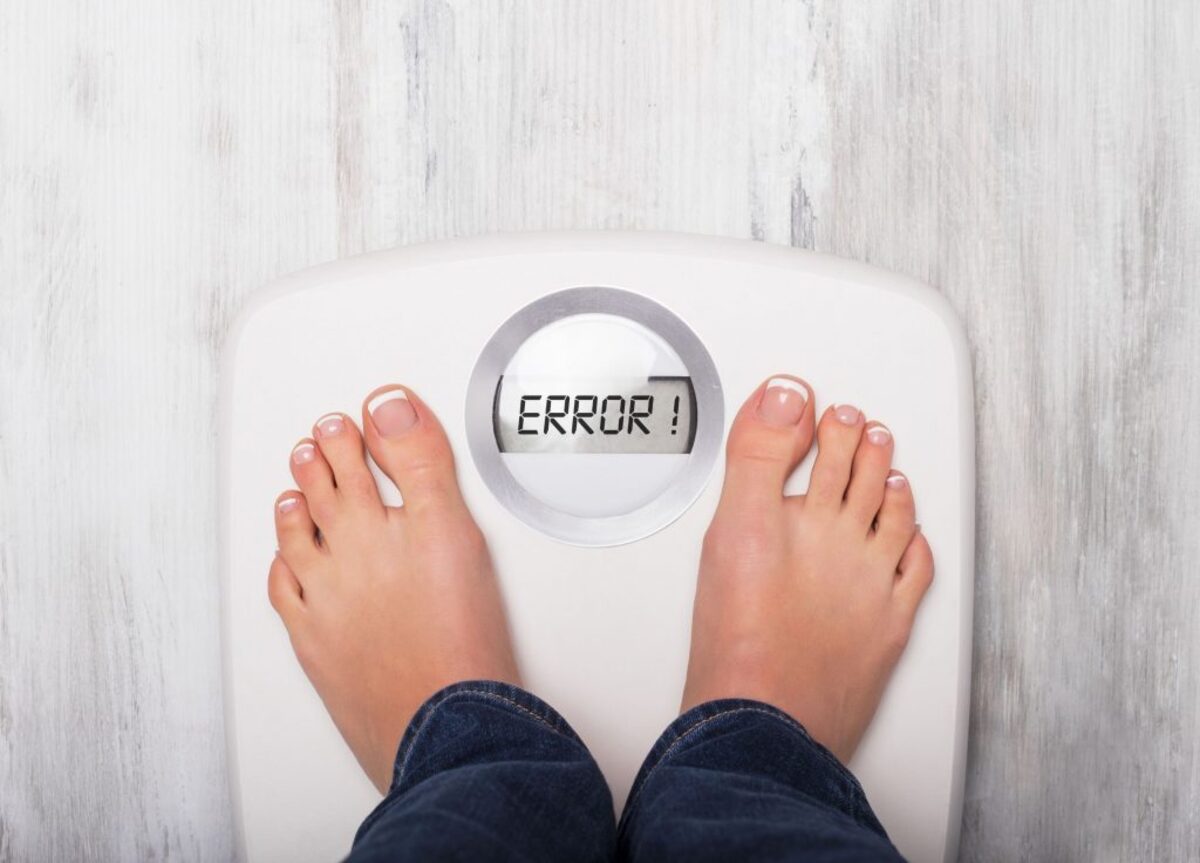
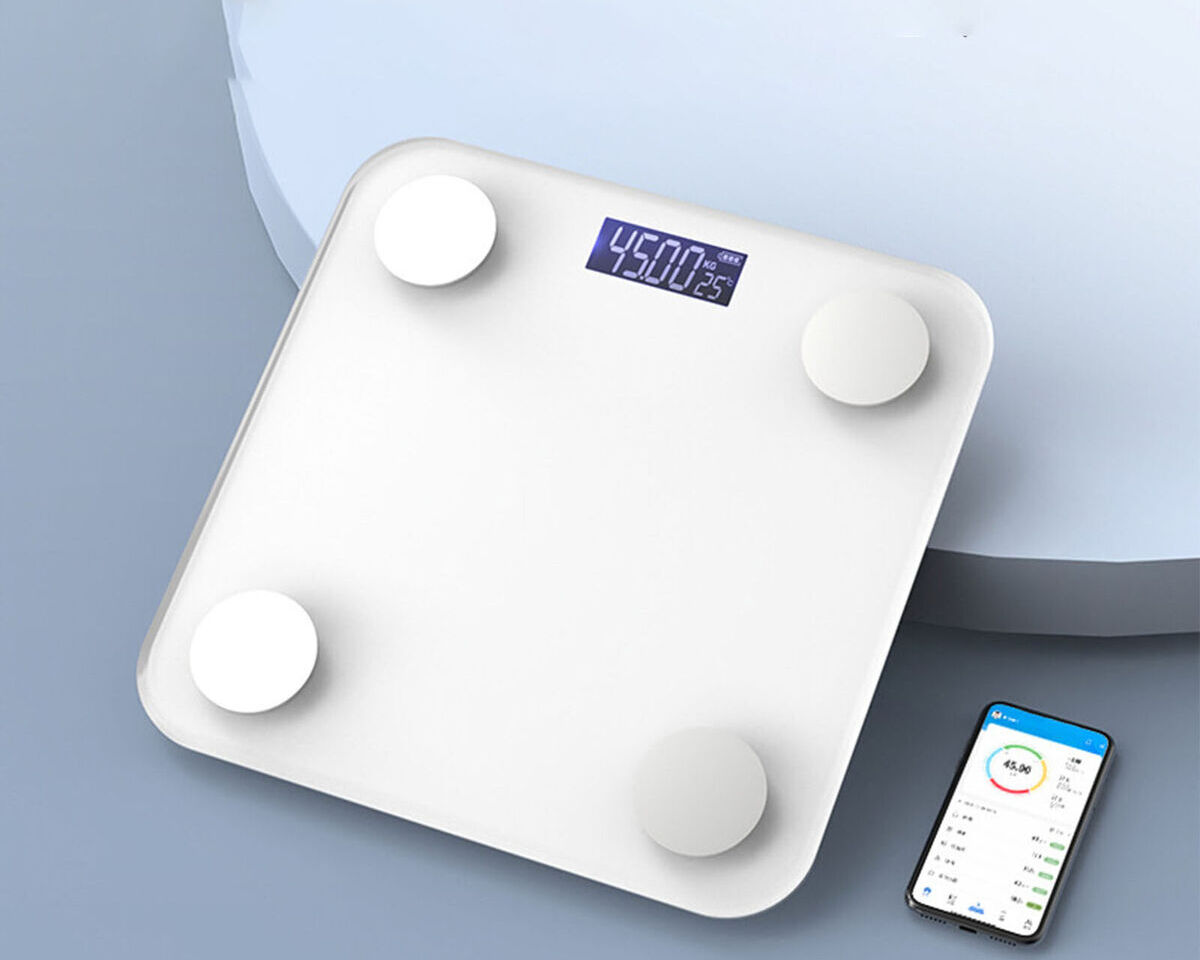
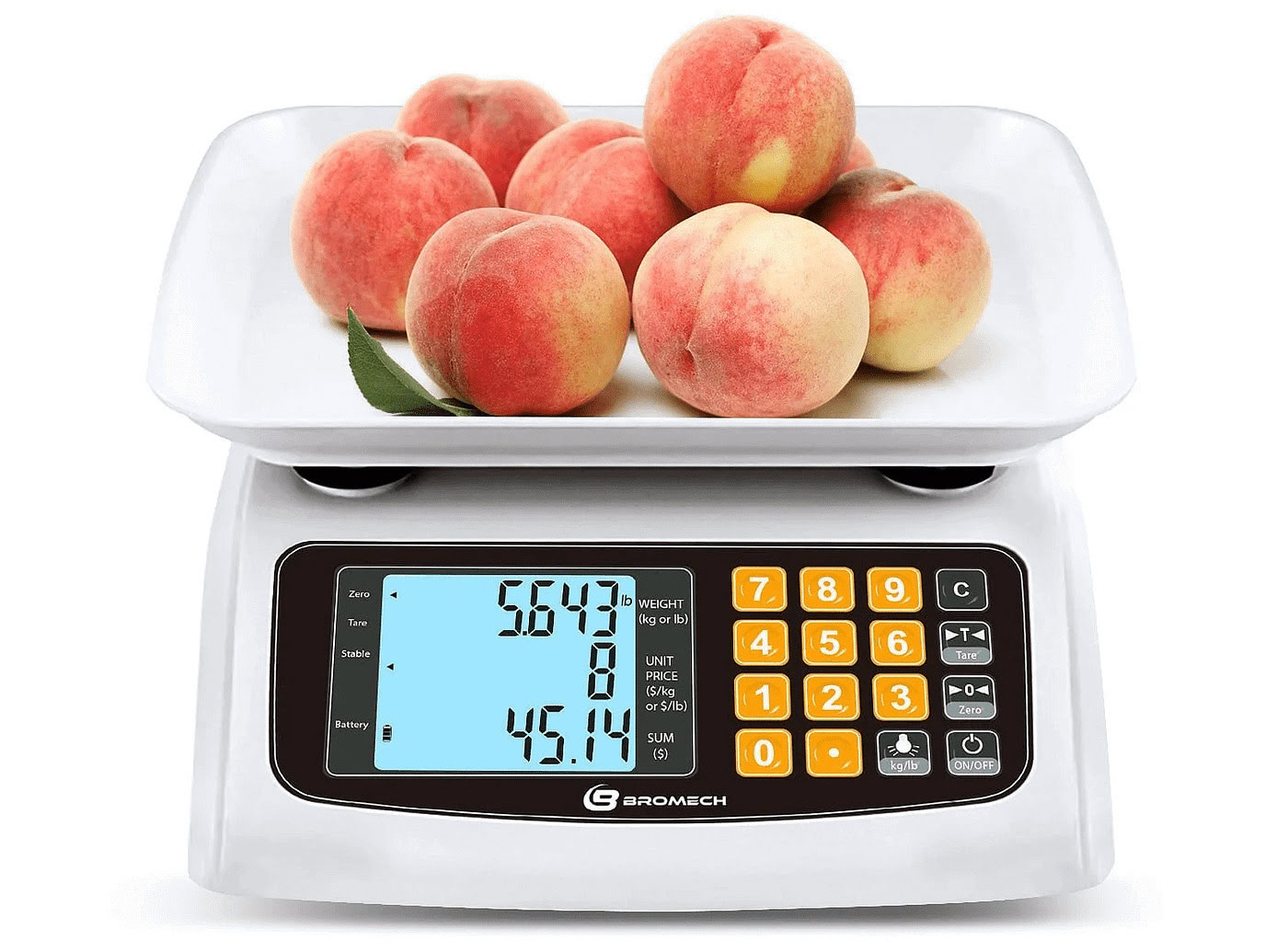
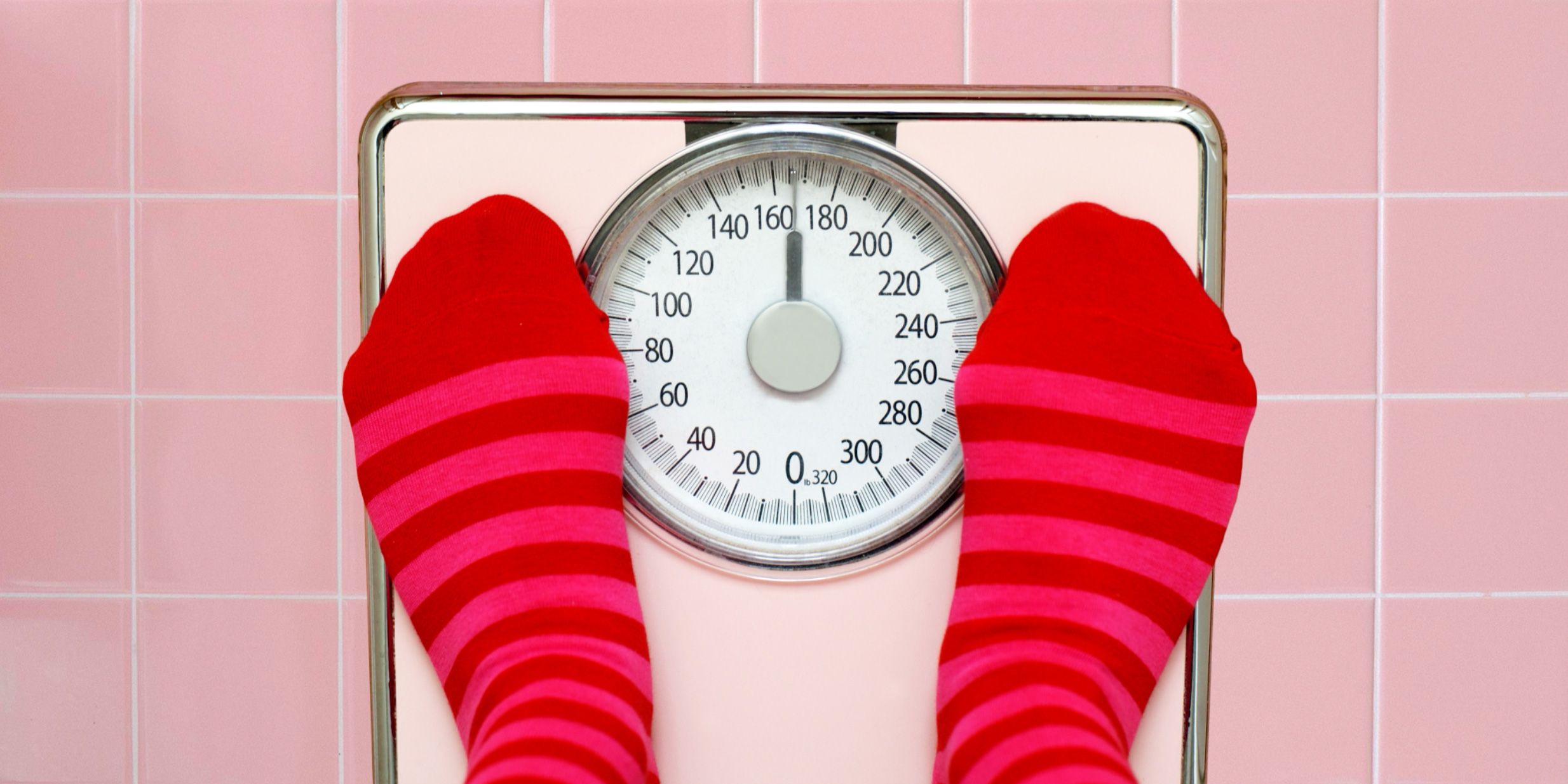
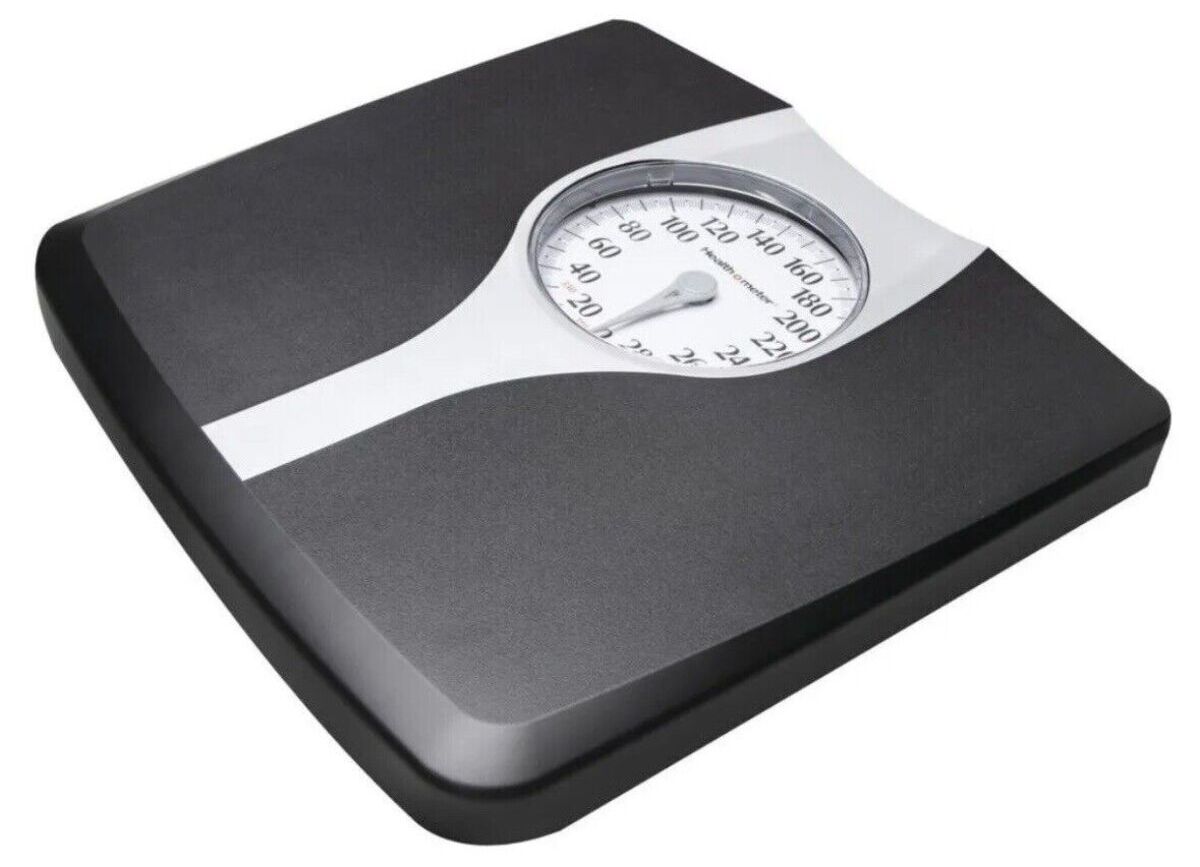
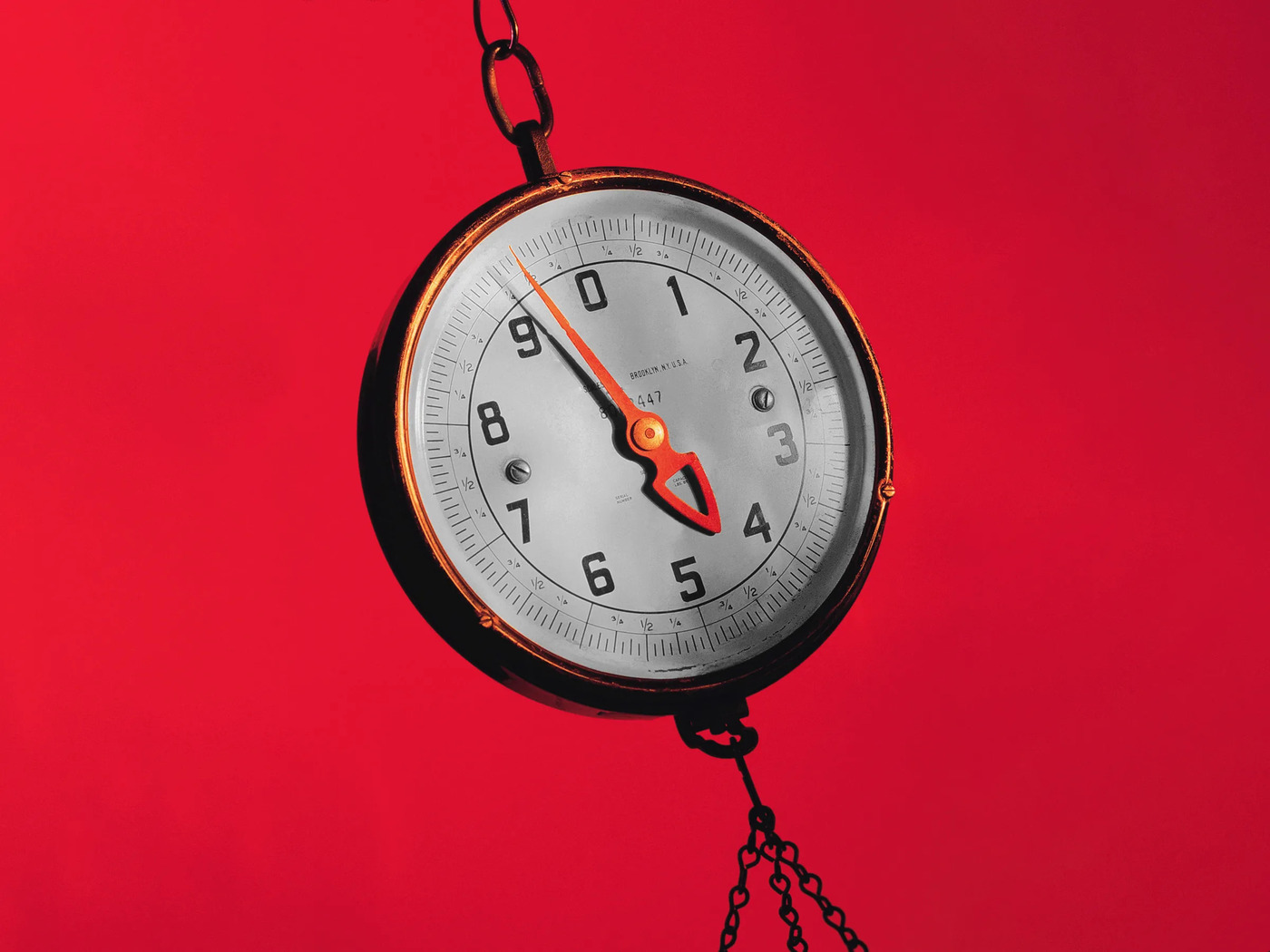

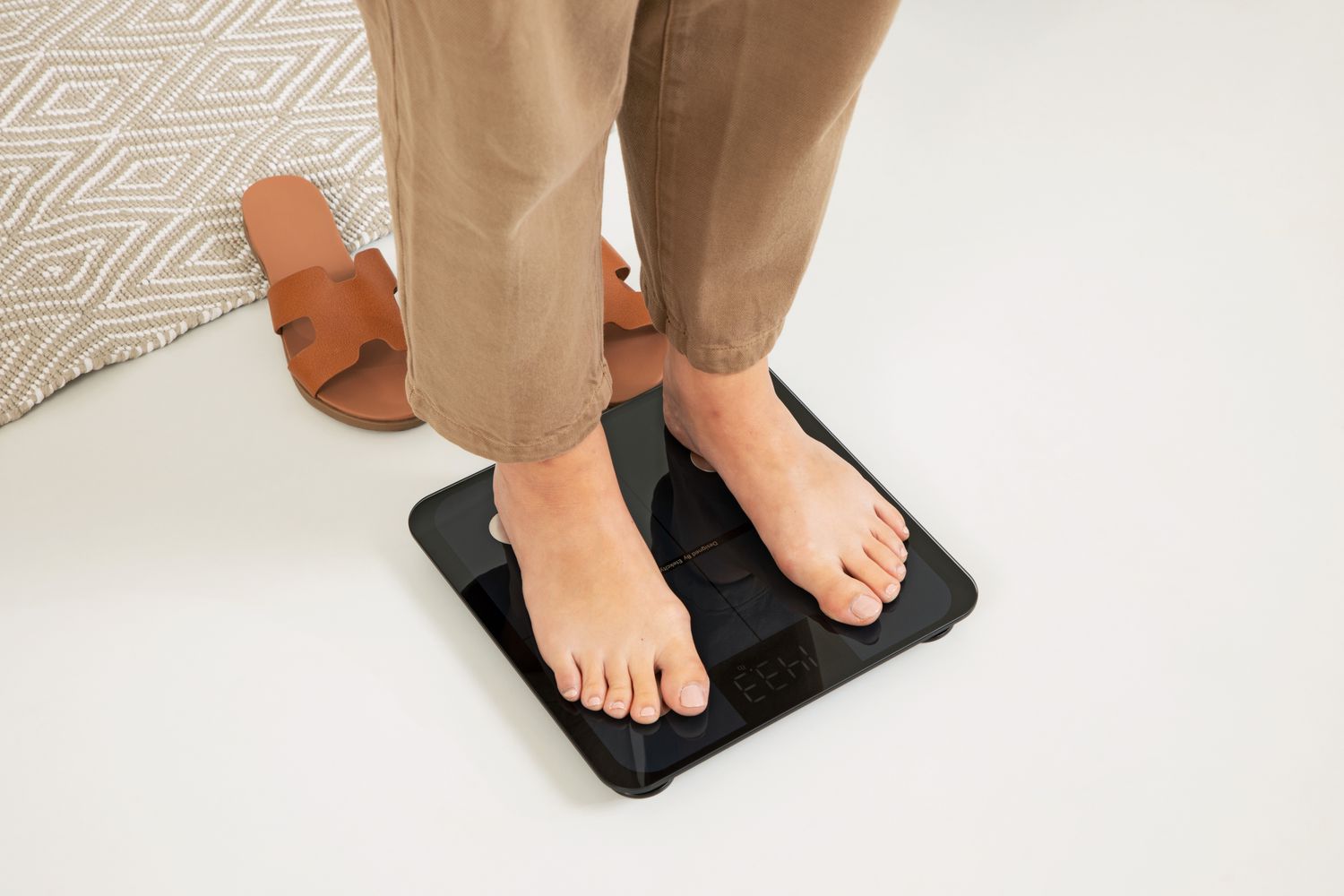
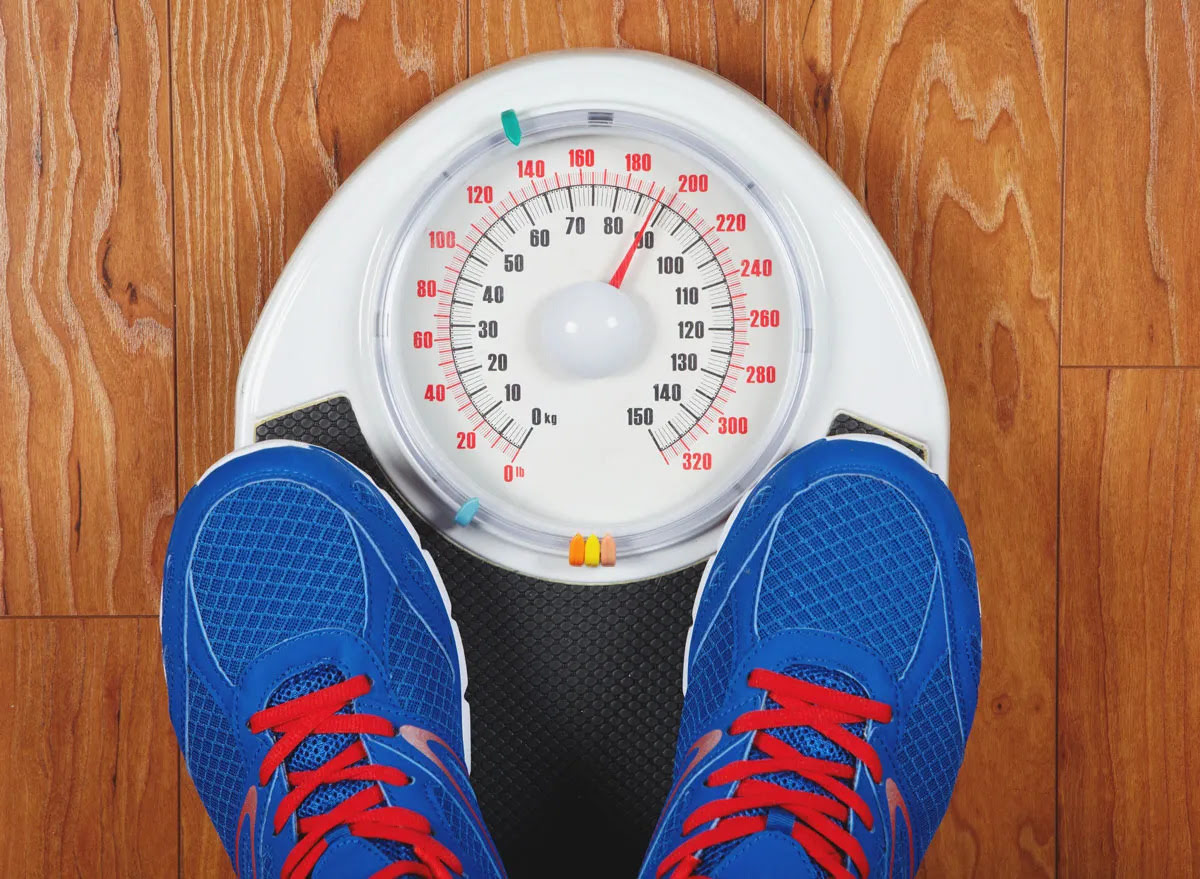

0 thoughts on “How To Use An Old Weight Scale”